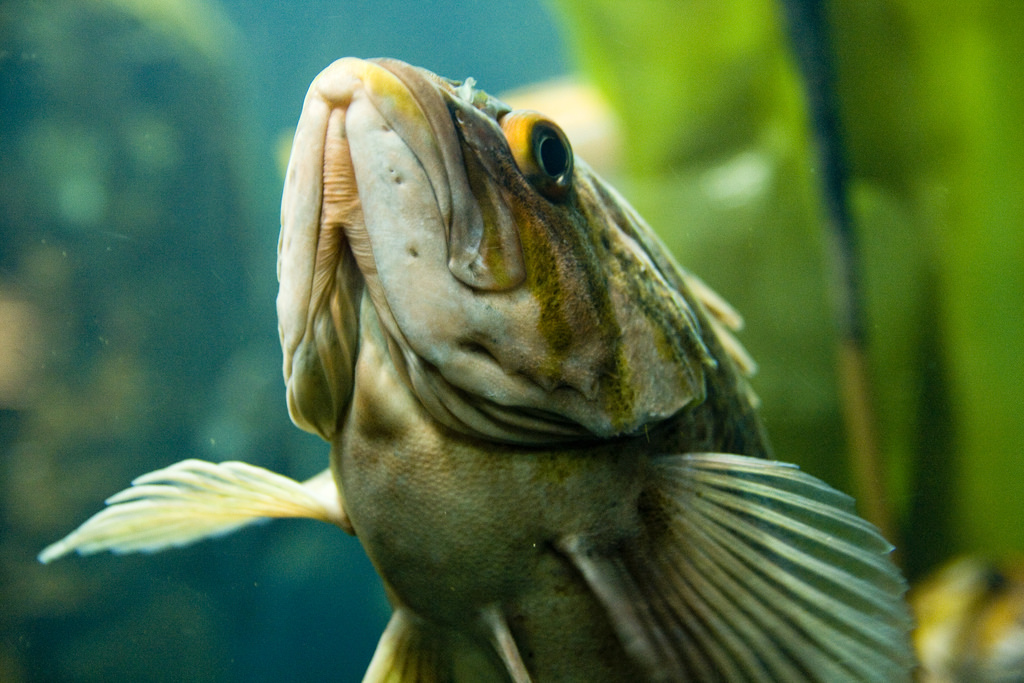
Photo by Lisa Norwood, Flickr.
A report (Belated contributions on the biology of fish, Fisheries and features of their ecosystems, Fisheries Centre Research Report 25(1), 2017) edited by Daniel Pauly and Lincoln Hood of UBC’s Sea Around Us and by Konstantinos I. Stergiou of the Hellenic Centre for Marine Research, in Athens- Greece, has just been released which contains mainly contributions initially written several years or even decades ago, but not formally published. They are now because they contained ideas and/or data that may still be valuable.
The majority of the contributions deal with various aspects of the growth of fish, a major structuring feature of their life histories, and the basis of their productivity when under exploitation. When editing these contributions, we linked them, where appropriate, with the theory elaborated by one of the editors (D.P.), on the limiting role of fish gills, and hence oxygen supply, for the growth of fish, which has begun to attract increased attention, given observed and/or anticipated effects of global warming on fish growth.
This theory explains, among other things:
• Why fish (and aquatic invertebrates, as well) grow the way they do (asymptotically, predictably, temperature-dependent, etc.);
• Why fish reach maturity at a size that is a predictable fraction of their maximum size even when the latter varies due to environmental forcing, but sometimes ‘skip’ spawning;
• Why the food conversion efficiency of fish and aquatic invertebrates varies with size, temperature, and dissolved oxygen;
• Why fish larvae have very discernable daily rings on their otoliths (and squid larvae on their statoliths), which are less visible in adults;
• Why visceral fat is abundant in cold temperate fish exhibiting strong seasonal growth oscillations, but not in tropical and polar fish exposed to narrow ranges of temperature; and
• Why fish and aquatic invertebrates are spatially distributed the way they are, and why they migrate as they do.
The other contributions in this report cover various topics in fisheries biology, marine ecology and ecosystem modelling, the last of which perhaps not being what it seems.
The report can be downloaded from this link.

